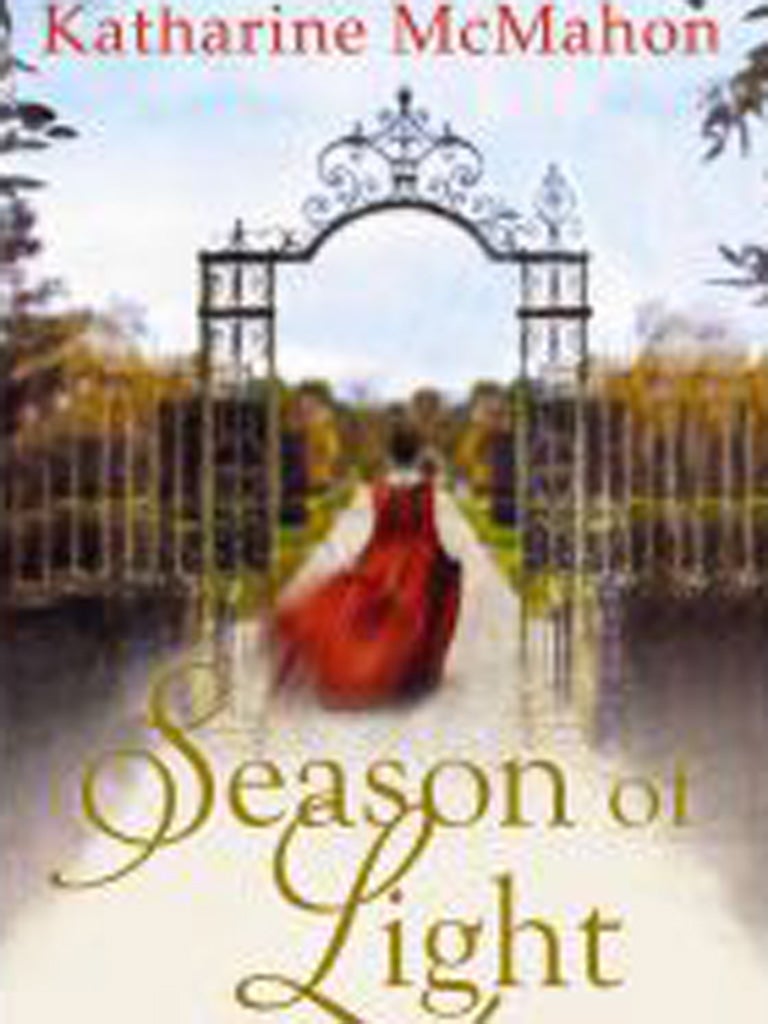
Your support helps us to tell the story
From reproductive rights to climate change to Big Tech, The Independent is on the ground when the story is developing. Whether it's investigating the financials of Elon Musk's pro-Trump PAC or producing our latest documentary, 'The A Word', which shines a light on the American women fighting for reproductive rights, we know how important it is to parse out the facts from the messaging.
At such a critical moment in US history, we need reporters on the ground. Your donation allows us to keep sending journalists to speak to both sides of the story.
The Independent is trusted by Americans across the entire political spectrum. And unlike many other quality news outlets, we choose not to lock Americans out of our reporting and analysis with paywalls. We believe quality journalism should be available to everyone, paid for by those who can afford it.
Your support makes all the difference.It takes a brave writer to tackle the epic subject of the French Revolution. But historical novelist Katharine McMahon, author of a bestselling novel set during the Crimean War, The Rose of Sebastopol, takes no prisoners. It's the summer of 1788 and Paris is ablaze with revolutionary ideas. Swept along in the excitement is Asa Ardleigh, a 19-year-old Englishwoman visiting the city with her newly-married sister, Philippa.
At the literary salon of Madame de Genlis (mistress of the Duc d'Orléans), she meets and falls in love with a young lawyer, Didier Paulin. Accepting Didier's invitation to visit him in his rooms above the Rue du Cherche-Midi, she enthusiastically sacrifices herself to the cause. But as her sister's pregnancy progresses, Asa is forced to return to England.
Back in rural Sussex the lovers continue to correspond, but Asa's family have other plans. Harry Shackleford, a distant cousin on whom the family estate is entailed, has taken a shine to her. In a bid to secure this advantageous union, Asa's sister employs a companion, French emigree Madame de Rusigneux, to tame her younger sibling's more unladylike ways and radical opinions. Yet it's clear from the start that this enigmatic marquise is not all she seems.
In 1793, at Didier's request, Asa secretly returns to France in the company of Madame de Rusigneux, and the real drama begins. Louis XVI is dead and the horrors of the Terror have been unleashed. Finding herself in Caen, Didier's home town, Asa is introduced to Charlotte Corday (yet to surprise Marat in his bath) and witnesses ordinary citizens sent to the guillotine at the merest whisper of political incorrectness.
More indebted to Georgette Heyer than Hilary Mantel, McMahon's gripping and intelligent novel does a neat job of introducing historical figures into its pages, but is ultimately more interested in the story of Asa's romantic plight. Asa may come across as naïve, but her final fate is not what you might expect. For McMahon, like any historical novelist, the challenge is to match the real passions and tragedies of an era that, even as it was happening, seemed more like fiction than fact.
Join our commenting forum
Join thought-provoking conversations, follow other Independent readers and see their replies
Comments